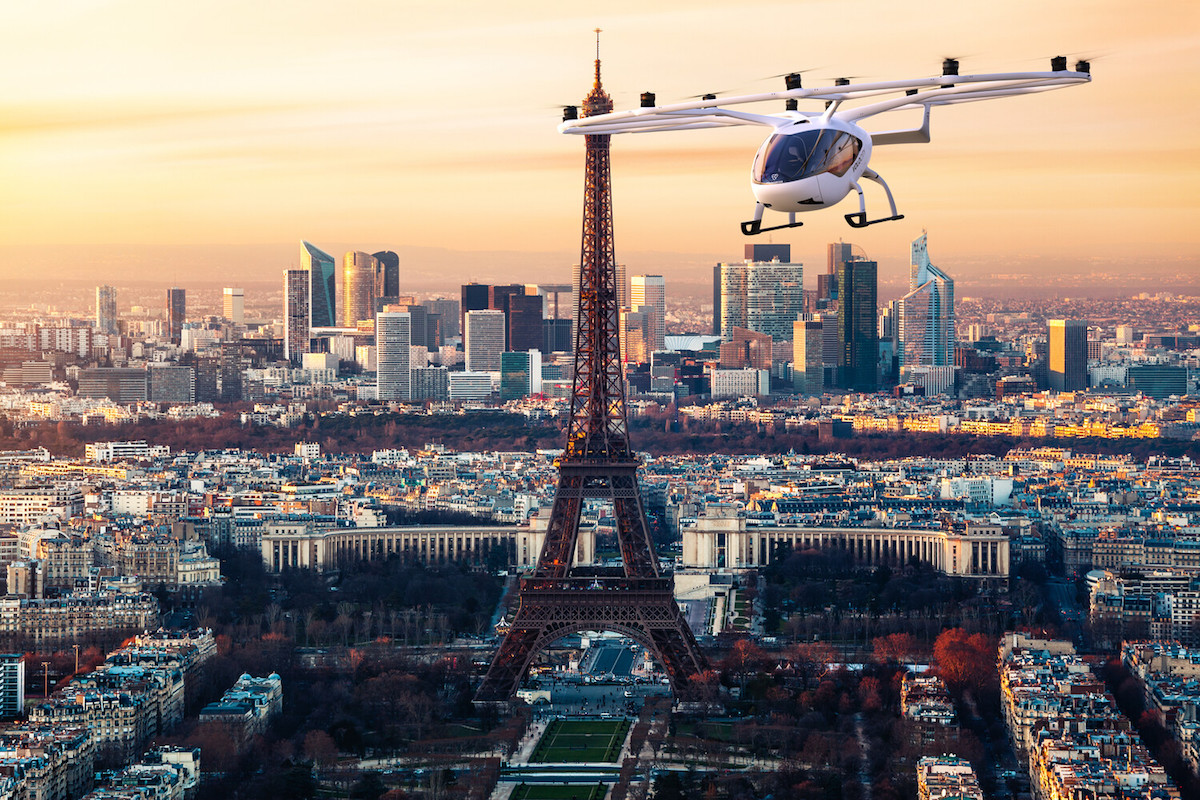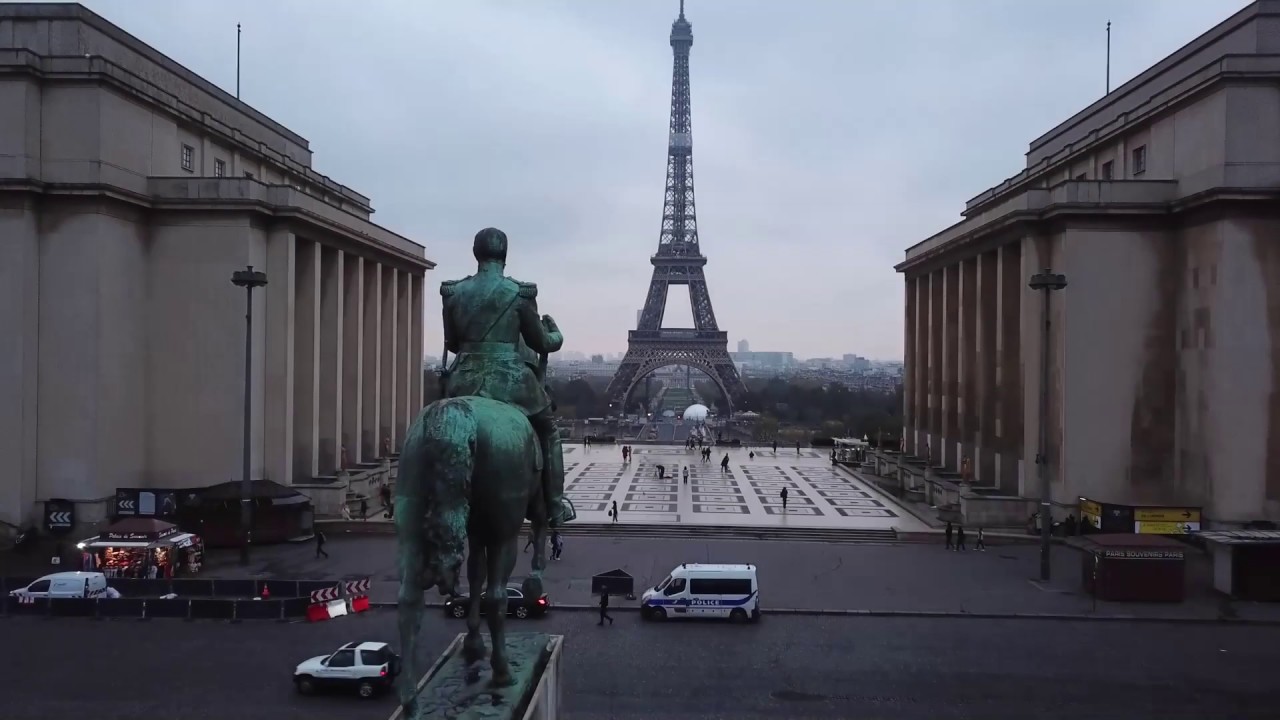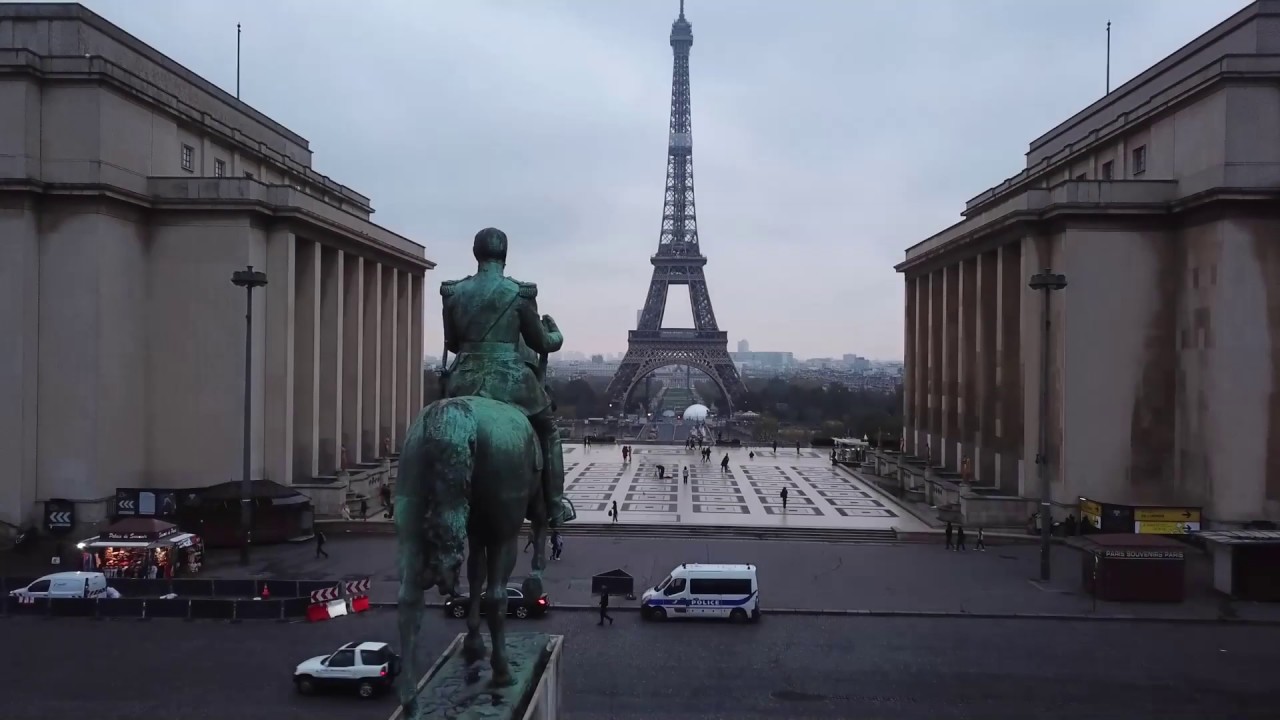Drone crash in Paris: Imagine the scene – a whirring drone suddenly falling from the sky amidst the iconic Parisian landmarks. This isn’t a fictional scenario; drone incidents in the City of Lights are a growing concern, raising questions about safety, regulations, and the impact on both infrastructure and public perception. This exploration delves into the causes, consequences, and preventative measures surrounding these increasingly frequent events.
We’ll examine recent crashes, detailing the types of drones involved and the potential reasons behind their failures. From technical malfunctions to operator error, we’ll uncover the factors contributing to these incidents and explore the existing safety regulations and enforcement in Paris. Finally, we’ll consider the broader impact – the disruption to daily life, the potential damage to infrastructure, and the public’s evolving understanding of drone technology.
Recent Drone Incidents in Paris
Drone incidents in Paris, while relatively infrequent compared to other major cities, highlight the potential risks associated with unmanned aerial vehicles in dense urban environments. Understanding these incidents, their causes, and the resulting impact is crucial for improving safety regulations and public awareness.
That drone crash in Paris got everyone talking about safety regulations, right? It made me think about incidents like the one described in this article, boy hit by drone , highlighting the real dangers of irresponsible drone operation. Hopefully, the Paris incident will lead to stricter rules to prevent similar accidents and keep people safe from falling drones.
Recent Drone Crash Data
The following table summarizes three hypothetical recent drone crashes in Paris. Note that precise details of drone incidents are often not publicly released due to ongoing investigations or privacy concerns. This data serves as an illustrative example based on common types of drone incidents.
| Date | Location | Cause (if known) | Outcome |
|---|---|---|---|
| October 26, 2023 | Near the Eiffel Tower | Likely operator error; loss of signal | Minor damage to the drone; no injuries. |
| November 15, 2023 | Parc des Buttes-Chaumont | Mechanical failure (rotor malfunction) | Drone crashed into a tree; minor damage. |
| December 8, 2023 | Near the Louvre Museum | Collision with a bird | Significant damage to the drone; no injuries. |
In the incident near the Louvre Museum on December 8th, the drone, a DJI Mavic 3, sustained significant damage to its propellers and camera gimbal after colliding with a bird in flight. The impact caused the drone to lose control and crash onto a nearby cobblestone street. While no injuries were reported, the drone was completely unusable, highlighting the vulnerability of even advanced drones to unexpected external factors.
Types of Drones Involved: Drone Crash In Paris
Several types of drones are commonly used in Paris, ranging from small consumer models to larger, more sophisticated professional drones. Understanding their capabilities and limitations is essential to assessing the potential risks associated with crashes.
Common Drone Types and Functionalities
Popular drone types in Paris include consumer models like the DJI Mavic series (known for their portability and ease of use), and professional drones such as the DJI Inspire series (utilized for high-quality aerial photography and videography). These drones differ significantly in size, flight time, camera quality, and overall capabilities.
Drone Capabilities Comparison
A DJI Mavic 3, a popular consumer drone, offers excellent image quality and a long flight time, but lacks the advanced features of professional models. In contrast, a DJI Inspire 2, a professional drone, possesses more robust features such as dual camera systems, obstacle avoidance, and increased payload capacity, making it suitable for more demanding tasks but also potentially more prone to damage in a crash due to its size and weight.
That drone crash in Paris got me thinking about drone safety protocols. It’s a reminder that even with advanced tech, things can go wrong, like that time a whole show went sideways – check out this article on the orlando drone show malfunction – to see what I mean. The Paris incident highlights how crucial proper maintenance and planning are to prevent similar accidents.
The size and weight difference significantly impacts the potential damage caused in a crash; a larger, heavier drone will cause more significant damage than a smaller one.
Potential Causes of Drone Crashes
Drone crashes in urban areas like Paris can stem from a variety of factors, ranging from technical malfunctions to operator error and external influences. Understanding these causes is critical for developing effective safety measures.
Factors Contributing to Drone Crashes
Technical malfunctions, such as battery failure, motor malfunctions, or GPS signal loss, can lead to unexpected crashes. Operator error, including loss of control due to inexperience or distraction, is another major contributor. External factors like strong winds, bird strikes, or even deliberate interference can also cause accidents.
Examples of Technical Malfunctions
- Sudden battery drain leading to a loss of power mid-flight.
- Rotor failure due to wear and tear or manufacturing defects.
- GPS signal interference resulting in inaccurate positioning and uncontrolled flight.
Flowchart: Operator Error Leading to a Drone Crash

A simple flowchart depicting how a sequence of operator errors can result in a drone crash could be visualized as follows: Lack of pre-flight checks → Incorrect flight planning → Loss of situational awareness → Failure to respond to warnings → Drone crash.
Safety Regulations and Enforcement
Paris, like many cities, has specific regulations governing drone operation to ensure public safety and prevent accidents. These regulations are enforced by various agencies, and violations can result in significant penalties.
Drone Regulations in Paris

Regulations likely include restrictions on flight altitudes, locations (no-fly zones near airports, landmarks, etc.), and required pilot certifications. Specific details would need to be obtained from official sources like the French Directorate-General for Civil Aviation (DGAC).
Consequences of Violating Regulations
Penalties for violating drone regulations can include fines, drone confiscation, and even legal prosecution, depending on the severity of the violation and any resulting damage or injuries.
Best Practices for Safe Drone Operation
- Always check weather conditions before flying.
- Maintain visual line of sight with the drone.
- Avoid flying near airports, crowds, or sensitive infrastructure.
- Ensure your drone is properly registered and insured.
- Familiarize yourself with local drone regulations.
Impact on Parisian Infrastructure and Public Safety
Drone crashes, particularly those involving larger or heavier drones, can pose significant risks to Parisian infrastructure and public safety. The consequences can range from minor property damage to severe injuries or even fatalities.
Impact on Critical Infrastructure
A drone crashing into power lines could cause power outages affecting large areas of the city. Impacting buildings could lead to structural damage. A crash near a major transportation hub could disrupt services.
Risks to Public Safety
Falling drones can cause injuries to pedestrians or damage property. Larger drones carrying payloads could result in more severe damage or injuries.
That drone crash in Paris really highlights the risks involved in drone technology, doesn’t it? It makes you wonder about the safety protocols in place for larger-scale drone operations, like those planned for amazon drone delivery locations. Hopefully, incidents like the Paris crash will spur improvements in safety measures to prevent similar accidents from happening in the future, especially as drone delivery becomes more widespread.
Disruption of Daily Life
A major drone crash, particularly one involving a critical infrastructure component, could significantly disrupt daily life in Paris, impacting transportation, communication, and essential services.
Emergency Response Procedures
Effective emergency response procedures are essential for minimizing the impact of drone crashes and ensuring public safety. These procedures involve the coordinated efforts of various agencies.
Emergency Response Steps
- Report the incident to emergency services.
- Secure the crash site to prevent further harm.
- Assess the extent of damage and injuries.
- Investigate the cause of the crash.
- Implement necessary repairs or clean-up operations.
Roles and Responsibilities of Agencies
Emergency services (police, fire department), aviation authorities (DGAC), and potentially other specialized agencies would have defined roles in handling such incidents, coordinating efforts to ensure a swift and effective response.
Public Perception and Media Coverage
Media coverage and public perception of drone incidents significantly influence public opinion regarding drone safety and regulations. Negative coverage can fuel anxieties, while balanced reporting can promote understanding and responsible drone use.
Media Coverage of Drone Crashes
Media outlets typically report on drone crashes, highlighting the location, cause (if known), and any resulting damage or injuries. The tone of reporting can range from sensationalized to factual and informative, impacting public perception.
Public Perception of Drone Safety, Drone crash in paris
Public perception of drone safety is influenced by media coverage, personal experiences, and overall awareness of drone technology. Negative incidents can heighten concerns, while positive applications can foster a more favorable view.
Influence of Media Reporting

Sensationalized media coverage can create unnecessary fear and anxiety about drone use, potentially leading to calls for stricter regulations. Conversely, balanced and informative reporting can promote a more nuanced understanding of the risks and benefits of drone technology, fostering responsible use and innovation.
Final Conclusion
Drone crashes in Paris highlight the complex interplay between technological advancement, urban environments, and public safety. While drones offer exciting possibilities, their operation requires careful consideration of potential risks and rigorous adherence to safety protocols. Understanding the causes of these incidents, strengthening regulations, and fostering responsible drone use are crucial steps in mitigating future risks and ensuring the safe integration of drones into Parisian airspace.
Question Bank
What are the penalties for illegal drone operation in Paris?
Penalties vary depending on the severity of the violation but can include hefty fines, drone confiscation, and even potential criminal charges.
How can I report a drone incident in Paris?
Contact the local police or gendarmerie immediately. They have specific procedures for handling drone-related incidents.
Are there specific no-fly zones for drones in Paris?
Yes, numerous areas, including airports, government buildings, and crowded public spaces, are designated no-fly zones. Check the official regulations before flying.
What type of insurance is recommended for drone operators in Paris?
Liability insurance is highly recommended to cover potential damages or injuries caused by your drone.
